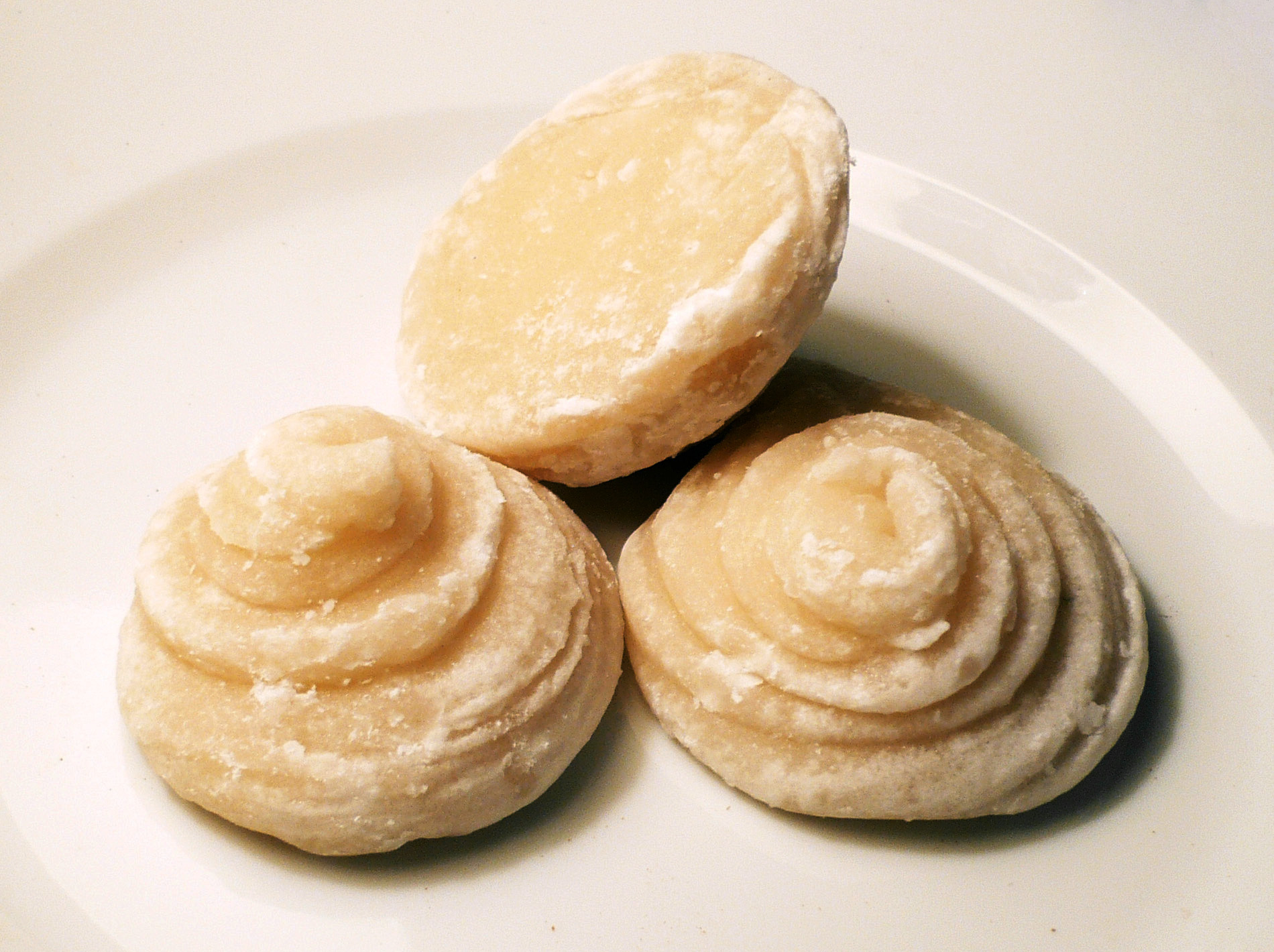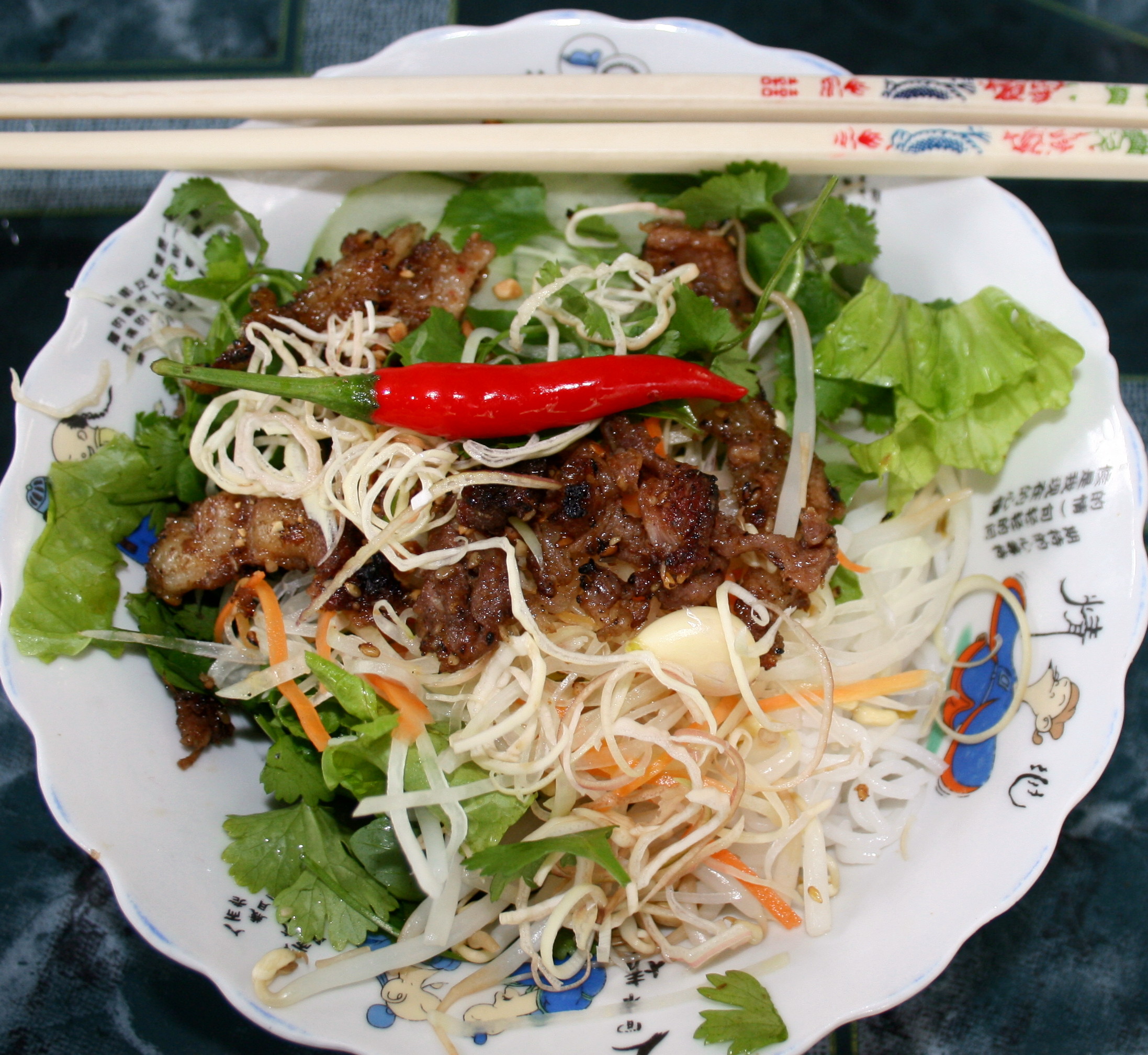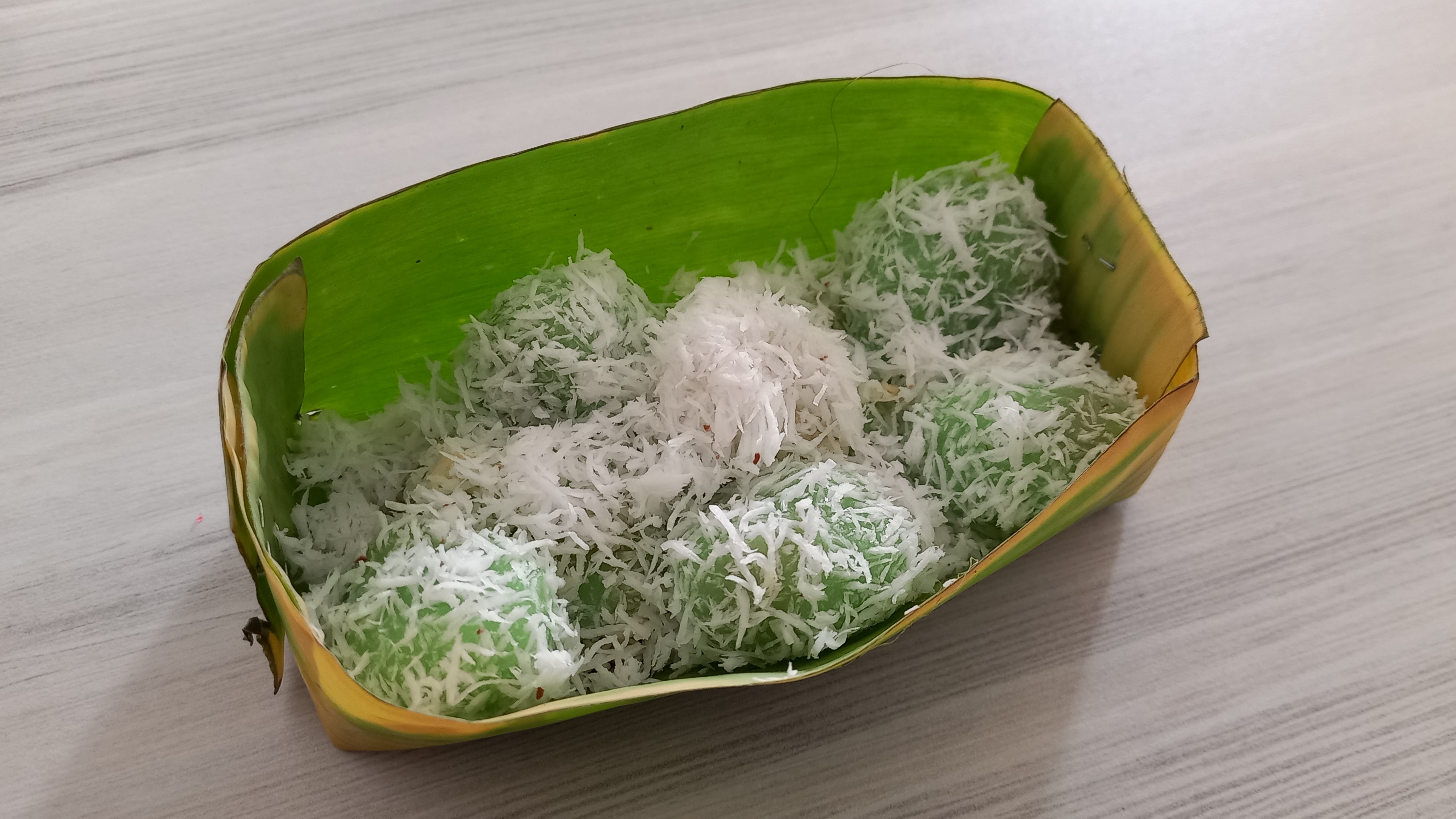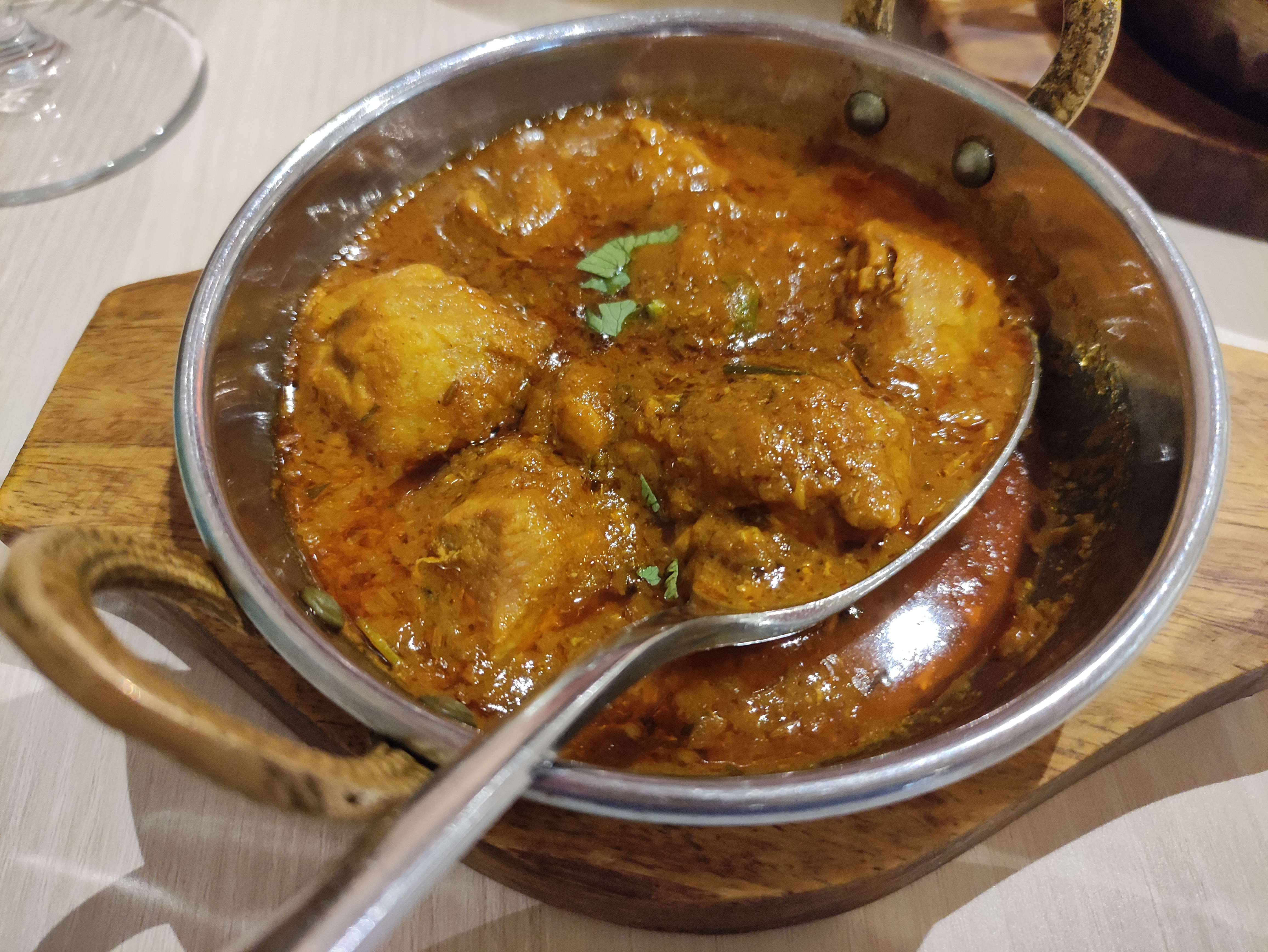|
Putu Mayang
Kue putu mayang is an Indonesian Betawi string hopper dish made of starch or rice flour and coconut milk, then shaped like noodles. This noodle-like dish served with ''kinca'' (liquid palm sugar) in Betawi and Javanese cuisine, or with chutney or curry in Indian Indonesian cuisine. See also *Cuisine of Indonesia *Idiyappam *Kue putu *Kue putu mangkok ''Kue mangkok'' or ''kue mangkuk'' is an Indonesian '' kue'' or traditional snack of steamed cupcake. ''Kue mangkok'' means "bowl/cup cake". It is similar to the snack ''bolu kukus'' ("steamed tart/cake"). While both have a similar appearance, b ... * Kue klepon References {{Indonesian cuisine Indonesian rice dishes Indonesian desserts Kue Street food in Indonesia ... [...More Info...] [...Related Items...] OR: [Wikipedia] [Google] [Baidu] |
Palm Sugar
Palm sugar is a sweetener derived from any variety of palm tree. Palm sugar may be qualified by the type of palm, as in coconut palm sugar. While sugars from different palms may have slightly different compositions, all are processed similarly and can be used interchangeably. Types The predominant sources of palm sugar are the Palmyra, date, nipa, aren, and coconut palms. The Palmyra palm (''Borassus'' spp.) is grown in Africa, Asia, and New Guinea. The tree has many uses, such as thatching, hatmaking, timber, a writing material, and in food products. Palm sugar is produced from sap (toddy) from the flowers. There are two species of date palm that produce palm sugar: ''Phoenix dactylifera'' and '' P. sylvestris''. ''P. dactylifera'' is common in the Mediterranean and Middle East, while ''P. sylvestris'' is native to Asia, mainly Pakistan and India. Date palms are cultivated mainly for dates and palm sugar is made from the tree's sap. The nipa palm ('' Nypa fru ... [...More Info...] [...Related Items...] OR: [Wikipedia] [Google] [Baidu] |
Noodles
Noodles are a type of food made from unleavened dough which is either rolled flat and cut, stretched, or extruded, into long strips or strings. Noodles are a staple food in many cultures and made into a variety of shapes. The most common noodles are those derived from either Chinese cuisine or Italian cuisine. Chinese noodles are known by a variety of different names, while Italian noodles are known as pasta. While long, thin strips may be the most common, many varieties of noodles are cut into waves, helices, tubes, strings, or shells, or folded over, or cut into other shapes. Noodles are usually cooked in boiling water, sometimes with cooking oil or salt added. They can also be steamed, pan-fried, deep-fried, or baked. Noodles are often served with an accompanying sauce or in a soup, the latter being known as noodle soup. Noodles can be refrigerated for short-term storage or dried and stored for future use. Etymology The word for noodles in English was borrowed in the 1 ... [...More Info...] [...Related Items...] OR: [Wikipedia] [Google] [Baidu] |
Indonesian Rice Dishes
Indonesian is anything of, from, or related to Indonesia, an archipelagic country in Southeast Asia. It may refer to: * Indonesians, citizens of Indonesia ** Native Indonesians, diverse groups of local inhabitants of the archipelago ** Indonesian women, overview of women's history and contemporary situations * Indonesian language (Indonesian: ''Bahasa Indonesia''), the official language of Indonesia ** Indonesian languages, overview of some of the 700 languages spoken in Indonesia ** Indonesian names, customs reflecting the multicultural and polyglot nature of Indonesia * Indonesian culture, a complex of indigenous customs and foreign influences ** Indonesian art, various artistic expressions and artworks in the archipelago ** Indonesian cinema, a struggling and developing industry ** Indonesian literature, literature from Indonesia and Southeast Asia with shared language roots ** Indonesian music, hundreds of forms of traditional and contemporary music ** Indonesian philosoph ... [...More Info...] [...Related Items...] OR: [Wikipedia] [Google] [Baidu] |
Kue Klepon
''Klepon'' () or ''kelepon'' or ''kalalapun'', also known outside Java as ''onde-onde'' and ''buah melaka'', is a sweet rice cake ball filled with molten palm sugar and coated in grated coconut. Of Javanese origin, the green-coloured glutinous rice balls are one of the popular traditional ''kue'' in Indonesian cuisine and have since spread throughout Southeast Asian cuisine. Ingredients and cooking method ''Klepon'' is a boiled rice cake filled with liquid palm sugar (''gula jawa/merah/melaka'') and coated in flaked coconut. The dough is made from glutinous rice flour, sometimes mixed with tapioca (or sweet potato alternatively) and a paste made from the leaves of the pandan or dracaena plants ('' daun suji'') — whose leaves are used widely in Southeast Asian cooking — giving the dough its green colour. The small pieces of palm sugar are initially solid when inserted into the glutinous rice dough and rolled into balls. The balls are subsequently boiled, which melts the ... [...More Info...] [...Related Items...] OR: [Wikipedia] [Google] [Baidu] |
Kue Putu Mangkok
''Kue mangkok'' or ''kue mangkuk'' is an Indonesian '' kue'' or traditional snack of steamed cupcake. ''Kue mangkok'' means "bowl/cup cake". It is similar to the snack ''bolu kukus'' ("steamed tart/cake"). While both have a similar appearance, bolu kukus requires few ingredients to make (usually around four to five), whereas kue mangkok requires more than a dozen in most recipes. The result is a different texure: bolu kukus is soft and fluffy, while kue mangkok has a rough, often chewy and sticky texture. Ingredients, cooking method and variants Its dough is made of the mixture of flour, rice flour and sagoo (tapioca), yeast, egg, coconut milk, sugar and salt. Traditional ''kue mangkok'' might be sweetened with palm sugar, thus creating brownish color. Other traditional variant might uses ''tape singkong'' or ''tapai'' (fermented cassava), or using ''ubi'' (sweet potato) or ''talas'' (taro). The dough is placed into some tin or stainless steel cupcake containers or small bowls, a ... [...More Info...] [...Related Items...] OR: [Wikipedia] [Google] [Baidu] |
Kue Putu
''Kue putu'' or ''putu bambu'' is an Indonesian '' kue''. It is made of rice flour and coloured green with pandan leaves, filled with palm sugar, steamed in bamboo tubes (hence the name), and served with desiccated coconut. This traditional bite-sized snack is commonly found in maritime Southeast Asia, particularly in Java, Indonesia, where it is called ''putu bumbung''. ''Kue putu'' is usually sold by street vendors and can be found in traditional markets, along with other ''kues''. ''Kue putu'' can also be found in the Netherlands due to its colonial ties with Indonesia. Ingredients and cooking method It consists of rice flour with green pandan leaf colouring, filled with ground palm sugar. This green coconut-rice flour ingredients with palm sugar filling is filled into a bamboo tube container. Subsequently, the filled bamboo tubes are steamed upon a steam cooker with small holes opening to blow the hot steam. The cooked tubular cakes were then pushed out from the bamboo t ... [...More Info...] [...Related Items...] OR: [Wikipedia] [Google] [Baidu] |
Idiyappam
Idiyappam, also known as indiappa, noolappam, noolputtu, santhagai, or ottu shavige, is a Sevai, string hopper dish originating from southern India. It consists of rice flour pressed into noodles, laid into a flat Disk (mathematics), disc-like shape and steamed. The dish also spread to List of Asian cuisines, Southeast Asia, where it is called ' in Malaysia and Singapore, and ' in Indonesia. History According to food historian K. T. Achaya, idiyappam, appam, idli, dosa and vada were known during Tamilakam, ancient Tamil country the 1st century AD, as per references in the Sangam literature. Lokopakara (1025 CE) cookbook in kannada language, Kannada language also mentions a method of making shavige and the mold-presser used for it. Distribution Idiyappam is a culinary speciality throughout the Indian states of Tamil Nadu, Kerala, Karnataka and the country of Sri Lanka.The name idiyappam derives from Tamil language, Tamil. The Tamil word 'Idi' together forms the name Idiyap ... [...More Info...] [...Related Items...] OR: [Wikipedia] [Google] [Baidu] |
Cuisine Of Indonesia
Indonesian cuisine is a collection of various regional culinary traditions by various ethnic groups that formed in the archipelagic nation of Indonesia. There are a wide variety of recipes and cuisines in part because Indonesia is composed of approximately 6,000 populated islands of the total 17,508 in the world's largest archipelago,"Indonesian Cuisine." . Accessed July 2011. [...More Info...] [...Related Items...] OR: [Wikipedia] [Google] [Baidu] |
Indian Indonesian Cuisine
Indian Indonesian cuisine (Indonesian: ''Masakan India-Indonesia'') is characterized by the mixture of Indian cuisine with local Indonesian-style. This cuisine consists of adaptations of authentic dishes from India, as well as original creations inspired by the diverse food culture of Indonesia. Indian influence can be observed in Indonesia as early as the 4th century. Following the spread of Islam to Indonesia and trading, Muslim Indian as well as Arab influences made their way into Indonesian cuisine. Examples include Indian biryani, murtabak, curry and paratha that influenced Acehnese, Minangkabau, Malay, Palembangese, Betawi and Javanese cuisine. History See influence of Indian cuisine in Indonesia, due to Indianisation as part of Greater India as Southeast Asia have been historically influenced by the Indian culture, religion and cuisine. List of Indian Indonesian foods This list also includes Indonesian dishes that has experienced of acculturation or assimilat ... [...More Info...] [...Related Items...] OR: [Wikipedia] [Google] [Baidu] |
Curry
Curry is a dish with a sauce or gravy seasoned with spices, mainly derived from the interchange of Indian cuisine with European taste in food, starting with the Portuguese, followed by the Dutch and British, and then thoroughly internationalised. Many dishes that would be described as curries in English are found in the native cuisines of countries in Southeast Asia and East Asia. The English word is derived indirectly from some combination of Dravidian words. A first step in the creation of curry was the arrival in India of spicy hot chili peppers, along with other ingredients such as tomatoes and potatoes, part of the Columbian exchange of plants between the Old World and the New World. During the British Raj, Anglo-Indian cuisine developed, leading to Hannah Glasse's 18th century recipe for "currey the India way" in England. Curry was then spread in the 19th century by indentured Indian sugar workers to the Caribbean, and by British traders to Japan. Further exchange ... [...More Info...] [...Related Items...] OR: [Wikipedia] [Google] [Baidu] |
Chutney
A chutney () is a spread typically associated with cuisines of the Indian subcontinent. Chutneys are made in a wide variety of forms, such as a tomato relish, a ground peanut garnish, yogurt, or curd, cucumber, spicy coconut, spicy onion, or mint dipping sauce. Etymology The word ''chutney'' derives from Hindustani/Urdu (Nastaliq: چٹنی, Devanagari: चटनी) ''chaṭnī'', deriving from चाटना ''chāṭnā'' 'to lick' or 'to eat with appetite'. In India, ''chutney'' refers to fresh and pickled preparations indiscriminately; however, several Indian languages use the word for fresh preparations only. Overview In India, chutneys can be either made alongside pickles that are matured in the sun for up to two weeks and kept up to a year or, more commonly, are freshly made from fresh ingredients that can be kept a couple of days or a week in the refrigerator. In South India, Chutneys are also known as ''Pachadi'' (, , , , ) which generally refers to t ... [...More Info...] [...Related Items...] OR: [Wikipedia] [Google] [Baidu] |
Javanese Cuisine
Javanese cuisine () is the cuisine of Javanese people, a major Native Indonesian, ethnic group in Indonesia in the provinces of Central Java, Yogyakarta, and East Java. Definition Javanese cuisine refers exclusively to the cuisine of Javanese people, which is often brought to other regions and countries by Javanese diaspora or foreign descents who have lived in Java. There are several native ethnic groups who live on the island of Java (Sundanese people, Sundanese, Madurese people, Madurese, Betawi people, Betawi, etc.) as well as other peoples of foreign descents. In Indonesian language, Javanese refers to people of Javanese ethnic background. Javanese cuisine is thought to be sweet, since this is the taste traditionally preferred in Yogyakarta. However, Javanese regions do not only include Yogyakarta. On the northern and northeastern of Central Java, for instance, the taste tends to be salty and spicy. In East Java, the level of spiciness increases. Today, as Javanese p ... [...More Info...] [...Related Items...] OR: [Wikipedia] [Google] [Baidu] |









